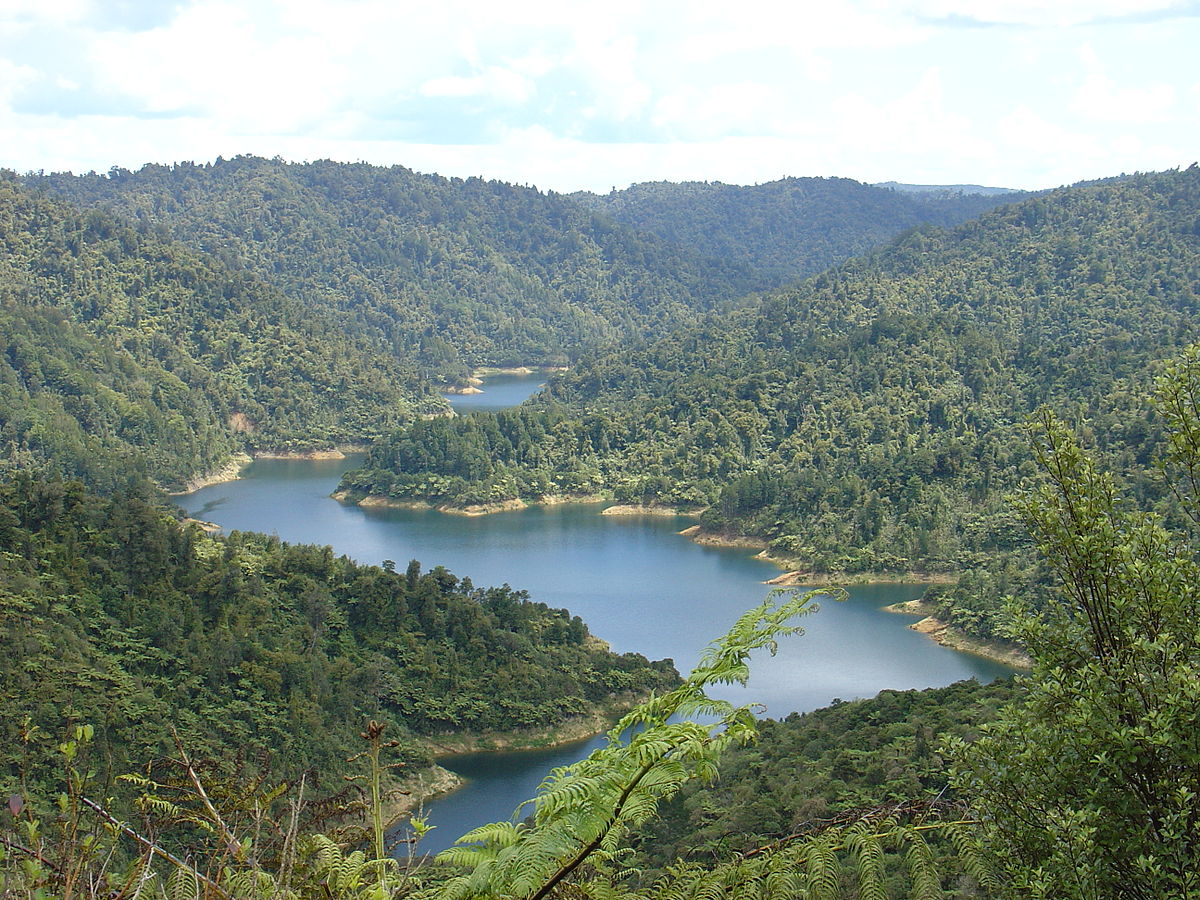
A home-grown drone services company has considerably accelerated New Zealand’s drive to plant a billion trees by 2028 through aerial drops of so-called “seed bombs.”
Kiwi pilots use drone in national project to plant a billion trees
North Island company Evico Technologies began trials dropping a substance it prefers to call “seed pods” as a supplement to the hand planting of trees in the Auckland region Hūnua Ranges – its drone contribution to the 2017 project to plant 1 billion trees by 2028. The 400-square-kilometer area in the Waharau Regional Park has been receiving a lot of the activity under New Zealand’s reforestation plan.The manual planting approach within that had proven sluggish, and hadn’t progressed as hoped. In flies Evico Technologies with its seed pod-dropping drones, and the pace has picked up considerably.
The company – which has been central to successful environmental operations to protect native wildlife on Pacific islands from invasive rats – ran trials for comparison to hand planting techniques and came away happy with the results. In those, Evico drones carrying 5,000 of the specially crafted seed pods distributed their payload over acre-wide zones. Much of the terrain in the Hūnua Ranges is steep and slippery, making movement difficult for the manual planters. Drone drops, by contrast, wound up covering wider areas in a fraction of the time humans can.
“The traditional methods of going around and planting a seedling every square metre is great but it’s slow, and the New Zealand landscape is pretty steep terrain so any method that we can do by air that improves the speed, improves the efficiency and reduces the cost,” Evico Technologies’ Sam Vye told the RNZ radio station and news site.
Drones meet speed, cost targets – but miss a human objective
Increased drone cadence may allow the project to reach its goal to plant 1 billion trees well ahead of time – possibly three years, according to some reports. But success isn’t assured, and past tests have fizzled out.
Initially, normal tree seeds scattered from drones just sat on the ground, often failing to germinate. Evico then came up with a method of encasing a cluster of six native tree seeds in a mix of clay, compost, and water that was rolled into small balls. Once dropped to the ground, the surrounding organic matter allows the seeds to germinate and take root with some degree of protecting from hostile elements. The result have been higher sprouting rates, though it will take many months – possibly years – to know if that translates into successfully rooted saplings.
Awaiting that, Vye says the company’s drones have already proven themselves as an effective supplement to human planting. He estimates 10 Evico drones could drop 50,000 of the golf ball-size pods in just 30 minutes, compared to the daily reserve of 100 seedlings human planters head off with each morning.
“We think, per hectare we would be under $1,000 in a commercial operation,” says Vye, comparing that to $10,000 to 20,000 that hand planting the same area costs.
While considerable, those drone savings don’t entirely add up under some of the project objectives in planting a billion trees . The government hopes reforestation will stabilize and augment water retention capacities of lands cleared for lumber or farming, and in doing so lower New Zealand’s carbon footprint. But another big goal of the scheme provided years of work for younger people and other groups often penalized by disproportionally high unemployment rates. The social component of those targets, therefore, aren’t necessarily served by drone reductions in program spending.
The obvious solution to that conflicting objective produced by Evico’s seeding success seems obvious: Use some of the funding earmarked for manual grunt work to train New Zealand’s next generation of drone pilots.
FTC: We use income earning auto affiliate links. More.




Comments